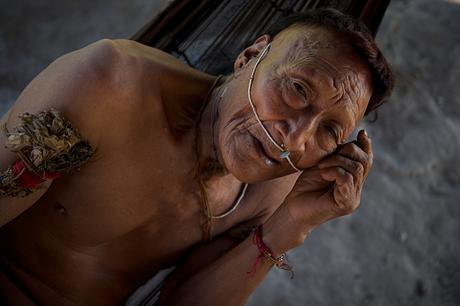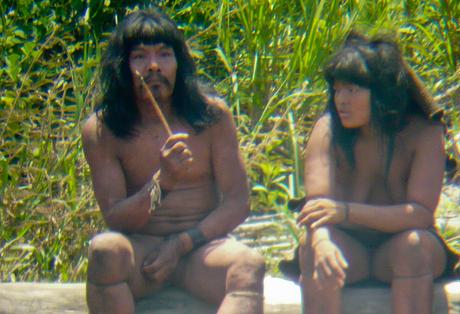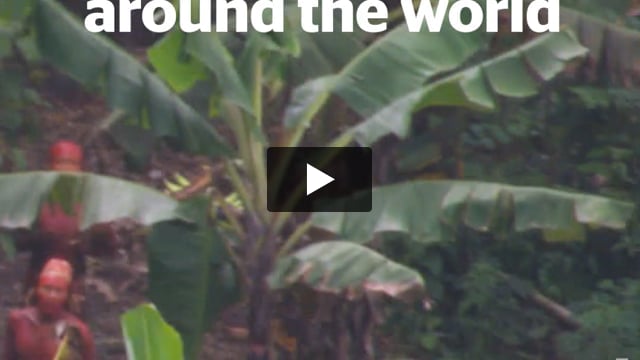Peru’s ‘final attempt’ to stamp out uncontacted tribes
July 18, 2011
 © Johan Wildhagen/Survival
© Johan Wildhagen/SurvivalThis page was last updated in 2011 and may contain language which is now outdated.
Peru’s Indian Affairs Department has revealed plans to open up uncontacted tribes’ reserves to oil companies – just days before the country’s new government takes office.
New laws would allow the state to grant oil and gas companies open access to the reserves, despite the extreme risk this would pose to the Indians’ lives.
The proposal has generated a wave of criticism from Indigenous organizations.
Around 15 tribes have chosen to resist contact in the Peruvian Amazon; all face extinction if their lands are opened up.
Critics have highlighted the timely coincidence of the proposal with plans to expand the massive Camisea gas fields in south-east Peru.
 © Survival
© Survival
The controversial gas project covers a significant part of the Kugapakori-Nahua-Nanti reserve, where several uncontacted tribes are known to live.
According to Peru’s leading Amazon Indian organization, AIDESEP, any new exploration in the reserve would breach conditions set by the Inter-American Development Bank, which funded the development of Camisea.
Both Peruvian and international laws state that Indigenous people should be consulted about projects affecting their lands. In the case of uncontacted tribes, this consultation is impossible.
Survival is calling for all oil and gas exploration on uncontacted tribes’ land to cease immediately.
Survival’s Director, Stephen Corry, said today, ‘This is an unbelievably cynical move by the outgoing government. If it keeps up this kind of work, the Indian Affairs Department will have no Indians to look after. Opening up uncontacted tribes’ reserves will almost certainly lead to their extinction and if the new administration has any commitment to protecting tribal peoples, it will abandon the plan.’




